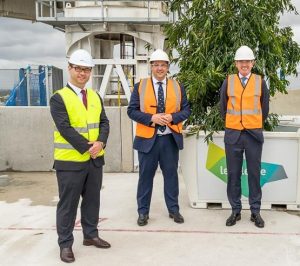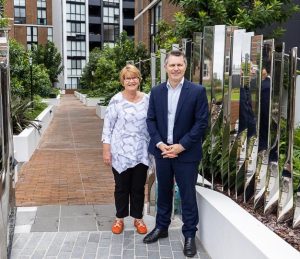Irrespective of the composition of the next federal parliament, the incoming government will have both the opportunity and responsibility to address the mounting affordable housing challenge.
In metropolitan and regional communities across Australia, hundreds of thousands of people are struggling to put a roof over their head and this is tearing at the social fabric and threatening economic growth. Longer term we risk Australian cities and towns becoming known as unliveable, unworkable, unaffordable, and therefore undesirable if housing costs undermine the success of the places we want to call home.
Investment in improving and increasing affordable rental housing supply is vital to government aspirations to provide vibrant and inclusive communities and maintain strong local economies.
Whether it’s considered a safety net or a springboard to home ownership, we know affordable and secure housing is social infrastructure that has the capacity to unlock job, education, and lifestyle opportunities for people on low and moderate incomes.
Housing policy is complex but the future of our communities and economy depends on strong leadership from all political participants that builds a national approach. Investment will flow if there is policy intent, certainty and stability.
According to the Leptos review of the operation of the National Housing Finance and Investment Corporation Act 2018, some $290 billion is needed over the next 20 years.
It’s a burden large enough to be shared by many.
If we’re going to make the system fit for purpose and capable of growing to meet future demand, we need the right policy and regulatory changes that will help open up opportunities to attract long-term investment from an expanded pool of private investors who we know are keen to help drive social progress.
We’re heading in the right direction with structural mechanisms now in place to support community housing providers to catalyse larger scale private investment through the efforts of the National Housing Finance and Investment Corporation (NHFIC).
NHFIC has reduced the cost of borrowing and given us the stability needed to plan and develop a pipeline.
Equally, the Labor party’s proposal to attract private investment as per the Housing Australia Future Fund policy — a $10 billion off-budget investment to deliver 20,000 social housing and 10,000 affordable housing properties in the first five years — is cause for optimism.
We stand ready to deliver. And we do so because we know thousands of low- and moderate-income earners across Greater Sydney are relying on us to help governments do better, for them and for future generations.

